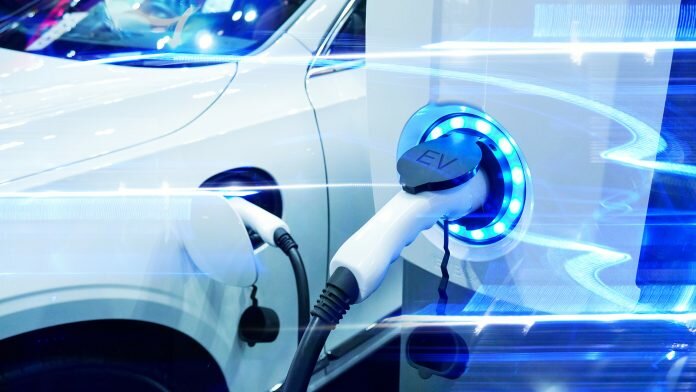
Discover how Fruit 4 London is taking part in the UK capital’s E-Flex vehicle-to-grid demonstrator project to power its electric delivery vehicles.
Led by Cisco, E-Flex is exploring the commercial opportunity of V2G technology through more efficient use of technology and the ability for electric delivery vehicles to give energy back to the grid when they are not in use. Here, Fruit 4 London, a distributor of fresh fruit to offices and residents London, is trialling the use of V2G technology to power its electric vehicle (EV) fleet as part of the E-Flex demonstration project in the UK capital.
Introducing E-Flex’s mission
E-Flex’s mission is to drive V2G technology from theory to practical commercial reality and demonstrate the role V2G can play in supporting the transition of energy demands from cities and energy services towards a zero-carbon future.
Fruit 4 London is looking to expand its territory while continuing to provide the high-quality and green service to its base of 800 existing customers. With many orders delivered on a Monday and other weekday mornings, its electric delivery vehicles can spend over half the week out of use.
The company therefore hopes to see significant commercial gains from charging and releasing electricity in accordance with demand.
Gabor Doroghazi, co-founder and CEO, Fruit 4 London said: “We’ve always wanted to have complete control over our carbon emissions and it’s equally important to the majority of our customers that we are 100 per cent green.
“Through E-Flex, we’re able to reach our sustainability goals and control our costs more efficiently helping our business scale.”
Managing electricity consumption
“It’s more important than ever before from a commercial and sustainability perspective that companies are actively seeking to minimise their carbon emissions,” said Maria Hernandez, head of innovation, Cisco UK & Ireland.
“V2G technology has the potential to transform the way urban logistics is powered and is a win-win for fleets and distributors.
E-Flex will install bi-directional chargers at Fruit 4 London. Along with charge scheduling and fleet monitoring dashboards, this will essentially allow the company to manage their electricity consumption when the electric delivery vehicles are not in use, electricity can be bought and taken from the grid at off-peak times when it is less expensive.
Moreover, it can be sold and released back to the grid when energy is in high demand and consumption is more expensive.
She added: “In addition to helping make the air in UK cities cleaner, E-Flex aims to demonstrate the commercial viability of V2G infrastructure, helping companies maximise the value of their fleets in and out of action.”


















